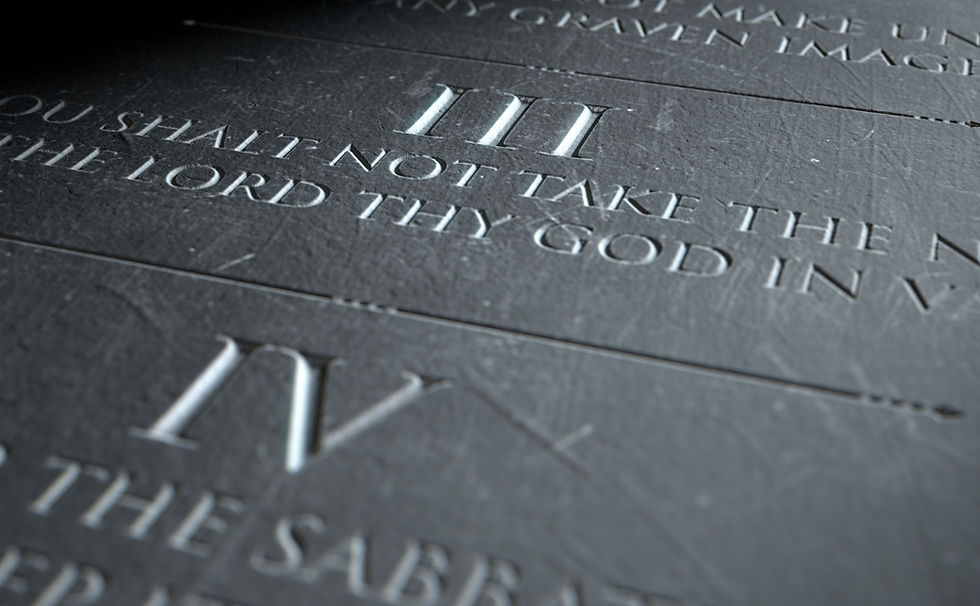Espinoza Decision a Major Victory for School Choice and the Free Exercise of Religion
- Russell Withers

- Jul 6, 2020
- 3 min read
On Tuesday, the United States Supreme Court held that Article X, Section 6 of Montana’s State Constitution violates the First Amendment to the United States Constitution’s prohibition on laws that prohibit the free exercise of religion. At issue in Espinoza v Montana was a school choice program created by the Montana legislature that provided tax credits to anyone who donates money to one of many organizations that offer scholarships to students for the purpose of attending private schools, including religious schools. Article X, Section 6 of Montana’s Constitution prohibits public aid “for any sectarian purpose or to aid any church, school, academy, seminary, college, university, or other literary or scientific institution, controlled in whole or in part by any church, sect, or denomination.” This is known as a “Blaine Amendment,” at they are common in state constitutions.

In 1875, a Congressman from Maine named James G. Blaine proposed such an amendment, unsuccessfully, to United States Constitution. Blaine ran for President of the United States in 1884 and, like his proposed constitutional amendment, failed.1 Historians generally agree that his proposed constitutional amendment cost him the Irish Catholic vote.2 Despite his failure at the federal level, Blaine’s proposal was eventually adopted in various forms in 37 different state constitutions around the country, including Texas.3
It is generally accepted that so-called “Blaine Amendments” to state constitutions have roots in 19th century anti-Catholic bigotry.4 As the Institute for Justice explains, “[t]he notorious Blaine Amendments . . . were created to block Catholic demands for equal treatment of their schools. The anti-immigrant, anti-Catholic provisions aimed to bar public funding of so-called ‘sectarian’—understood to mean Catholic—schools or institutions.”5
Until last week’s ruling in Espinoza, Blaine Amendments were used as a primary basis for legal challenges against school choice programs that allowed funding to private religious schools. In a voucher program or an education savings account program, the argument goes, money flows from the state to religious schools, which is prohibited by the various Blaine Amendments in state constitutions. That argument no longer holds water so long as religious schools are among the options in a neutral program.
Writing for the majority, Chief Justice Roberts makes clear that the purpose of the school choice program in Montana was to help children and their parents pay for alternative educational options, and not to fund religious institutions with public money. To exclude religious options from a neutral program such as Montana’s specifically discriminates against those religious schools, and doing so violates the Free Exercise Clause of the First Amendment to the United States Constitution. It is a major victory for choice advocates, and, more importantly, children looking for better educational options.
Texas has two Blaine Amendments of its own. Article I, Section 6 of the Texas Constitution states that “[n]o man shall be compelled to attend, erect or support any place of worship, or to maintain any ministry against his consent. . . . [N]o preference shall ever be given by law to any religious society or mode of worship.” Section 7 of Article I has a more express prohibition, stating that “[n]o money shall be appropriated, or drawn from the Treasury for the benefit of any sect, or religious society, theological or religious seminary; nor shall property belonging to the State be appropriated for any such purposes.” These amendments will—rightfully—continue to prohibit direct state support of religious institutions with public resources, but they will—rightfully—no longer present a legal obstacle to a broad school choice program that allows money to flow to private educational institutions, including religious schools.
The Espinoza decision should be a reminder to everyone that school choice is about helping children. It is about improving education. It is about providing better options in some cases and more suitable options in others. A broad array of options are out there and Texas should take advantage of them.
[1] See Lyle Denniston, “Constitution Check: Are the states’ “Blaine Amendments” on shaky ground?,” National Constitution Center (Jan. 19, 2016). Available at https://constitutioncenter.org/blog/constitution-check-are-the-states-blaine-amendments-on-shaky-ground (Last visited Aug. 29, 2017).
[2] Ibid.
[3] “Blaine Amendments,” Institute for Justice. Available at http://ij.org/issues/school-choice/blaine-amendments/ (Last visited Aug. 29, 2017).
[4] Ibid.
[5] Ibid.










